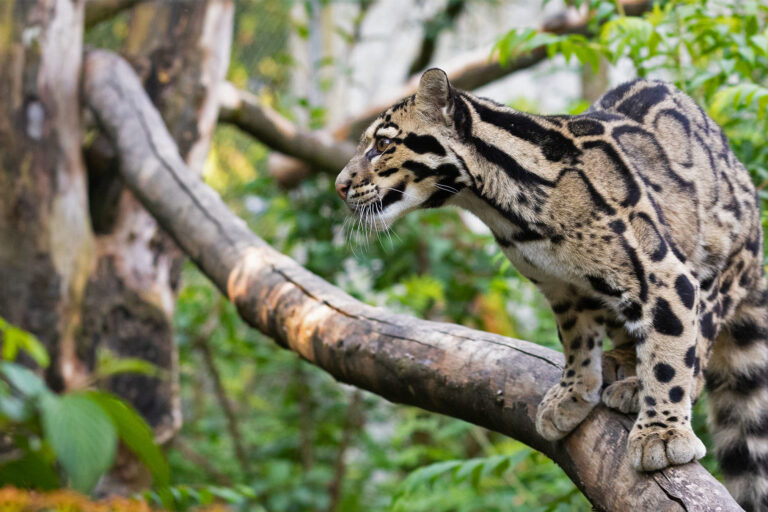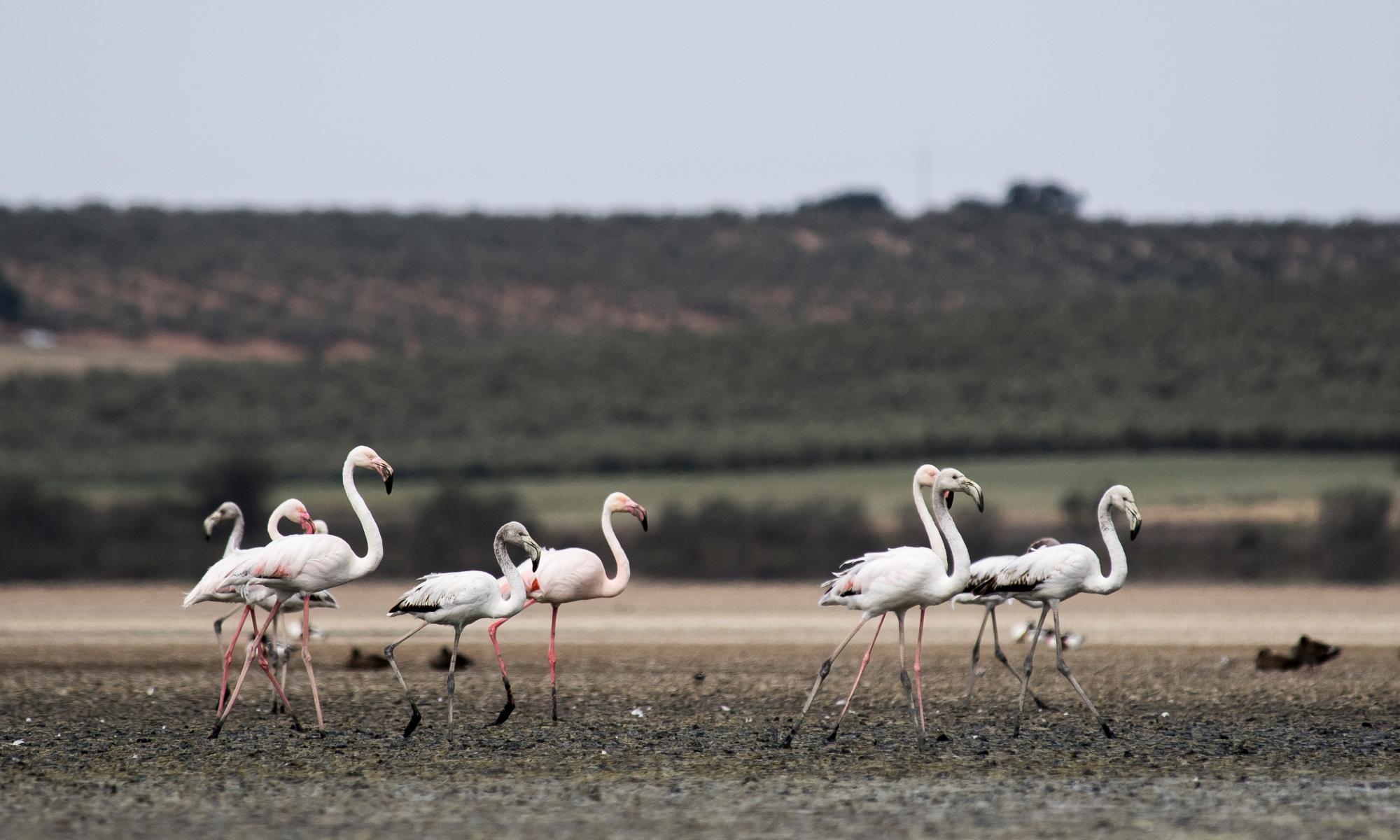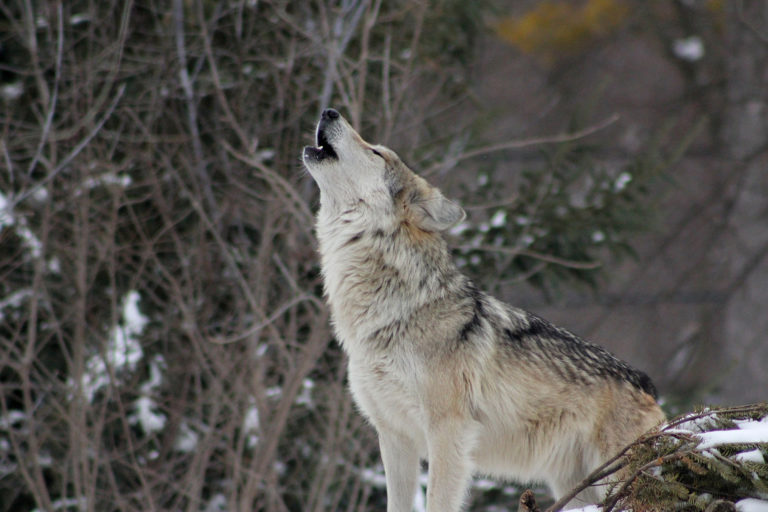Rescuers fighting to save a pod of 270 whales stranded in Tasmania’s west have discovered a further 200 whales about 10km away in the same harbour, which all appear to be dead. The stranding is likely one of the largest on record globally and the worst in Australia’s history.
The sighting was made by helicopter over Macquarie Harbour on Wednesday morning and brings the total number of dead long-finned pilot whales in the stranding to about 290.
The number of dead could rise further today as data from infrared helicopter surveillance is analysed, said Nic Deka, the coordinator of the rescue from Tasmania Parks and Wildlife Service regional manager.
Dr Kris Carlyon, a marine conservation program wildlife biologist, said on Wednesday that the addition of 200 whales made this current stranding the largest in Tasmania’s history.
Records show some 294 whales, also long-finned pilots, stranded at Stanley on Tasmania’s north-west in 1935.

About 60 rescuers led by the Tasmanian government’s Marine Conservation Program are entering the second day of the rescue that’s focused on an area called Fraser Flats, near the town of Strahan.
About 25 whales were lifted off sandbanks and pulled by boat to open waters on Tuesday, but two had returned to the main stranded pod.
Deka said the new group of 200 whales were in two bays between 7km to 10km south of the main rescue site.
They appear to have gone undetected and likely entered the harbour about the same time as the others. A crew was heading to the new stranding site on Wednesday morning. The harbour is about 35km long and about 8km wide.
Deka said: “From the air, most appear to be dead.”
Asked why they hadn’t been seen before, he said: “The water is a very dark tanin colour and maybe they stranded and then washed back in to the bay. From the air they did not look to be in any condition for rescue.”
He said even if those 200 whales had been seen late Monday when the group to the north was discovered, it was unlikely that it would have changed their strategy.
When the first 270 whales were discovered, about 90 were estimated to be already dead. “We would still have focused our efforts on Fraser Flats because they are the ones with the best chance of survival.”

On Tuesday, Deka told Guardian Australia that two methods were being considered. Burying the whales in a landfill was one, or towing them out into open water and using ocean currents to keep them offshore was another.
“We do know we can’t leave them in the harbour because they will present a range of issues. We are committed to retrieving and disposing.”
He said on Wednesday the focus was still on saving the whales at Fraser Flats and he was optimistic the 25 whales saved yesterday would be joined by more today.
About 40 government staff and 20 volunteers, mostly from the harbour’s fish farming industry, are in chest-deep in water and manoeuvring large webbing under the whales and lifting them off the sand.
Tags are attached to the rescued whales to monitor them. Pilot whales are very social and need to be taken far enough away from the main group that they don’t turn around and go back.
Deka said it was disappointing that two whales saved on Tuesday had returned to the stranding site, “but the majority of the whales [we saved] are still out in deep water and are still swimming. We have been more successful than not.”
Carylon said: “There’s nothing to indicate that this [stranding] is human caused. This is a natural event and we know strandings have occurred before and we know that from the fossil record.
“As far as being able to prevent this occurring, there’s little we can do.”
Even though Carylon said the event was natural, there was a public expectation that the survivors should be helped.
Euthanising some animals was an option, he said, but it was not a simple practice and at this stage it was not being considered.
“We think we have a chance with the animals that are still alive.”
Dr Karen Stockin, an associate professor at Massey University in New Zealand, is an expert on whale and dolphin strandings globally and is on an International Whaling Commission expert panel on the issue.
She said the Macquarie Harbour stranding was likely Australia’s largest ever.
“It’s fair to say this will probably rank third or fourth globally [in terms of the numbers of stranded animals].”
Long-finned pilot whales, which can live for up to 40 years, were notorious for large strandings, Stockin said, because of the way they stick together in tight social structures.
“Some will remain within their pods their entire lifetime,” she said.


